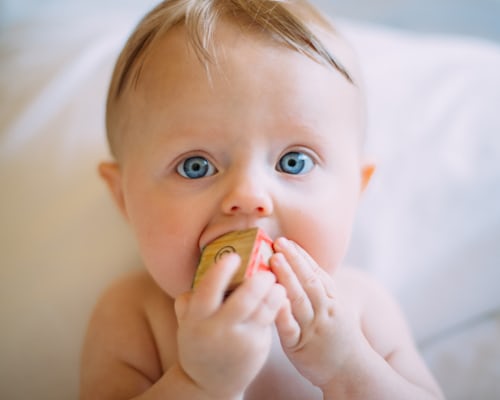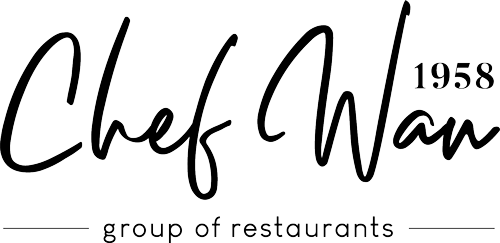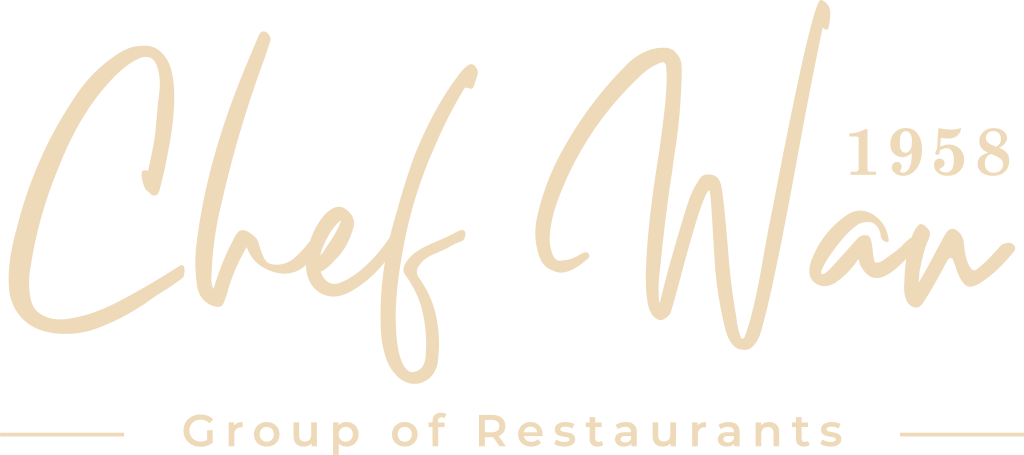
Nipple shields resemble additional nipples in many ways. The tiny openings at the end let milk pass from your nipple to your baby’s mouth as it glides over your breast and nipple. It functions as a longer, firmer nipple, which aids newborns who have problems latching onto the breast. Your baby will find it simpler to learn to latch and suck as a result.
What does a nipple shield help with?
Nipple protection aids in your baby’s latch. The way your baby’s mouth latches onto your nipple and areola as you breastfeed is referred to as the latch. Your baby will obtain enough milk during feedings and the breast will be empty if the latch is satisfactory. Pain during breastfeeding is frequently caused by a poor latch. The reason for this is that instead of putting the full areola in their mouth, your baby is only sucking the tip of your nipple.
When a nipple shield is useful, it could be:

- Your child is born too soon. It’s possible that premature babies lack the strength to latch on to or suck from a human nipple.
- Your infant’s tongue is retracted, shoved, or tied. These can be improved upon or fixed over time.
- Your nipples are flat, short, or inverted. By lengthening and strengthening your nipple, a nipple shield aids.
- Your breasts are really delicate. A shield makes your breasts feel firmer, which is beneficial.
- To start sucking, your infant needs additional stimulation. The baby’s suck reflex is located on the roof of the mouth, which can be stimulated by a longer nipple.
- Because of a bad latch, your nipples are sensitive, cracked, or bleeding. Your nipples might heal faster if you wear a shield.
- Your letdown is hyperactive. The early flow of milk from your nipple is referred to as a let down.
- Your infant is making the switch from a bottle to breastfeeding.
What benefits come with using a nipple shield?

For lactation specialists, using the best nipple shield malaysia is typically a last resort because the disadvantages could exceed the advantages. Using a nipple shield is advised when
- Your baby’s latch is being hampered by a mouth or tongue problem. Prematurity or a disease like tongue-tie may be to blame for this.
- Your nipple is short or inverted, failing to touch the baby’s mouth roof (where the sucking reflex is).
- You’ve tried everything else to help your baby latch better.
- While you work on enhancing your baby’s latch, your damaged nipple needs time to recover.
What dangers might a nipple shield cause?
Many lactation specialists won’t use a nipple shield until it’s really necessary. The following are some drawbacks of utilising a nipple shield:
- It serves as a physical barrier between you and the child. Due to the decreased contact between your baby and your breast, this may impact milk production. Your kid will benefit more from skin-to-skin contact the more you can provide.
- A newborn can be challenging to wean off of a nipple shield. They might become overly reliant on it.
- A little less milk is transferred. Because your infant isn’t completely emptying your breast after each feeding, you could get mastitis more easily. Low milk supply could result from this as well.
- It’s challenging to apply and use properly, which can cause your baby to receive less milk.


